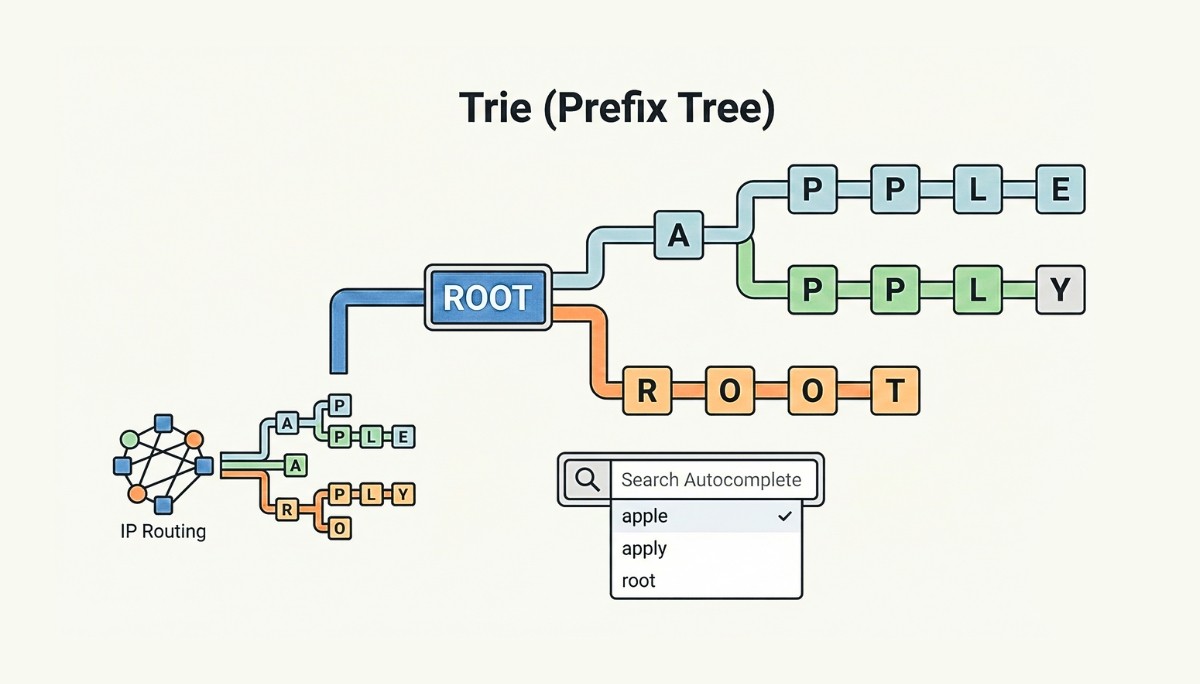Nominal vs Ordinal Data Explained with Simple Examples
By
Liz Fujiwara
•
Sep 19, 2025
Curious about nominal vs. ordinal data? Understanding these two types of categorical data is essential for proper data analysis and interpretation. Nominal and ordinal data differ in how they classify information and the kinds of operations you can perform on them. This article breaks down the essential differences, explains their unique characteristics, and provides clear examples to help you determine when to use each type in surveys, research, and data-driven decision-making. Whether you’re analyzing customer preferences, survey results, or demographic information, knowing the distinction between nominal and ordinal data ensures accurate insights and meaningful conclusions.
Key Takeaways
Nominal data categorizes variables without any inherent order, while ordinal data introduces a meaningful ranking among categories.
Nominal data is typically analyzed using frequency counts, whereas ordinal data requires measures such as the median and non-parametric tests to account for the order.
Correctly classifying data as nominal or ordinal is essential for accurate statistical analysis and drawing valid insights.
Overview of Data Types

In the realm of data science, data is broadly classified into two main types: qualitative (categorical) and quantitative (numerical) data. Quantitative data refers to information that can be expressed in numerical values, encompassing continuous variables such as height, weight, price, and other measurable attributes. These numerical data points enable a wide range of mathematical operations, from simple calculations to complex statistical analyses.
Qualitative data, on the other hand, captures characteristics or attributes that are often non-numeric, providing insights that numbers alone cannot convey. This type of data is further divided into nominal and ordinal categories, each serving unique analytical purposes. Nominal data involves naming or labeling variables without any inherent order, while ordinal data introduces ranked categories, adding an extra layer of meaning.
Understanding these distinctions is essential for effective data analysis. It ensures that the appropriate statistical methods are applied, interpretations are accurate, and insights are meaningful. By exploring nominal and ordinal data in depth, we can see how these categories play crucial roles across diverse fields, from market research to healthcare.
What is Nominal Data?
Nominal data is a key type of qualitative data, used to categorize information without any natural order or ranking. Unlike ordinal data, nominal data does not indicate any hierarchy among categories; it simply groups variables based on qualitative attributes.
Examples of nominal data include your hair color, blood type, or nationality. These categories are mutually exclusive, meaning each observation fits into only one category, and collectively exhaustive, meaning all possible options are accounted for. Nominal data often highlight the most frequent category or variable, providing useful insights through counts and proportions.
As a foundational tool in data analysis, nominal data allows for straightforward classification and organization of information, making it invaluable in fields such as healthcare, social sciences, and market research.
Characteristics of Nominal Data
Nominal data consists of non-numeric categories such as color, gender, or nationality, and one of its defining features is the lack of inherent order among the categories. For instance, labeling hair color as “blonde,” “brunette,” or “redhead” does not suggest any ranking or hierarchy; these are simply different categories. Nominal variables are a central component of this type of data.
Another key characteristic is that the categories are mutually exclusive, meaning each observation belongs to only one category, with no overlap. Because nominal data has no quantitative value, calculations like mean, median, or standard deviation are not meaningful. Despite its simplicity, nominal data is highly useful for classification, organization, and frequency-based analysis across a wide range of fields.
Examples of Nominal Data
Common examples help clarify what nominal data entails. Gender, nationality, and favorite color are classic instances of nominal data, each serving to classify individuals into distinct groups without implying any order or ranking.
Similarly, when collecting data on blood types, such as A, B, AB, and O, each category is nominal. There is no reason to rank one blood type over another; each label exists purely for classification.
These examples of nominal data illustrate its role in organizing and interpreting qualitative information.
What is Ordinal Data?
Ordinal data, unlike nominal data, introduces a meaningful order to the categories. It is defined as categorical data with a clear ranking but without consistent differences between the ranks. This type of data organizes variables into hierarchically ordered categories, adding a layer of complexity not present in nominal data. An example of this type of data is an ordinal variable.
However, ordinal data cannot be quantified to precise levels. While it indicates the order or ranking of the categories, it does not measure the exact difference between them. Ordinal data is useful in situations where ranking matters but precise measurement is not required.
Characteristics of Ordinal Data
Ordinal data is characterized by its clear order or ranking. For example, customer satisfaction ratings include:
Very satisfied
Satisfied
Neutral
Dissatisfied
Very dissatisfied
These categories indicate a sequential order but do not carry numerical values.
Additionally, ordinal data lacks clearly defined intervals between ranks. Although the categories follow a meaningful sequence, the difference between “satisfied” and “neutral” cannot be quantified precisely. An example related to income levels would be categorizing income as “low,” “middle,” and “high” rather than using exact income figures. In contrast, interval and ratio scales provide a more precise level of measurement.
Examples of Ordinal Data
Common examples of ordinal data include course grades, levels of customer satisfaction, economic status rankings, education levels, and other measurement scales.
For instance, course grades like A, B, C, D, and F indicate performance levels but do not quantify the exact difference between each grade on a rating scale.
Another example is the ranking of economic statuses as “low,” “middle income,” and “high.” These categories provide a meaningful order but lack precise numerical intervals, making them ideal examples of ordinal data and an ordinal scale.
Comparing Nominal and Ordinal Data

When comparing nominal and ordinal data, a key difference is that nominal data categories have no quantitative significance and cannot be ordered or ranked. In contrast, ordinal data has a defined order among its categories, allowing for ranking. This distinction between nominal and ordinal data is essential for accurate data analysis.
Ordinal data is generally more complex than nominal data because it introduces a hierarchy. This hierarchy allows for more nuanced analyses where the order of categories is important for interpretation. Correctly classifying data as nominal or ordinal is vital for obtaining meaningful and valid research results.
Statistical Analysis Techniques
Statistical analysis techniques differ significantly between nominal and ordinal data. For nominal data, the primary measures involve counting frequencies or determining the mode, as these categories have no inherent order. This approach is commonly applied in multiple-choice questions or other categorical data without ranking.
In contrast, ordinal data analysis uses statistical measures such as the median and non-parametric tests, which account for the ordered nature of the categories. These techniques are essential for capturing the relative ranking and differences between categories, providing more meaningful insights than simple frequency counts.
Visualization Techniques
Visualization techniques also vary between nominal and ordinal data. Nominal data is effectively represented using bar charts, which display frequency counts for each category. The categories appear on the x-axis, while their corresponding frequencies are shown on the y-axis, allowing for clear visual comparison.
For ordinal data, ordered bar charts are the preferred visualization method. These charts emphasize the ranking of categories, presenting them in sequence according to their order. This approach effectively communicates the hierarchical nature of ordinal data.
Importance of Correct Classification
The importance of correctly classifying nominal and ordinal data cannot be overstated. Misclassification can lead to invalid insights and flawed decisions. For example, treating nominal data as ordinal introduces a false sense of order that does not exist, potentially biasing analyses.
Accurate classification also guides the selection of appropriate statistical methods. Nominal data calls for frequency counts or modes, while ordinal data requires methods that account for ranking, such as medians or non-parametric tests. Proper classification ensures meaningful interpretations and valid conclusions.
Additionally, correct classification supports regulatory compliance and data governance. Mismanaged data can create vulnerabilities, leading to breaches or violations. Understanding the distinction between nominal and ordinal data is therefore essential for reliable analysis, informed decision-making, and maintaining organizational integrity.
Nominal vs Ordinal Data Explained with Simple Examples

To make the differences between nominal and ordinal data crystal clear, let’s look at a simple comparison.
Aspect | Nominal Data | Ordinal Data |
Definition | Categorical data without order | Categorical data with a meaningful order |
Examples | Gender, Race, Marital Status | Education Levels, Customer Satisfaction |
Characteristics | No inherent order, mutually exclusive categories | Ordered categories, no consistent intervals |
Statistical Measures | Frequencies, Mode | Median, Non-parametric tests |
Visualization | Bar Charts | Ordered Bar Charts |
Summary
Understanding and correctly classifying nominal and ordinal data are essential for effective data analysis. Nominal data categorizes variables without any inherent order, making it suitable for straightforward classification. Ordinal data, however, introduces a meaningful order among categories, adding complexity and depth to the analysis.
By recognizing the differences between these data types, you can select appropriate statistical methods and visualization techniques, leading to more accurate and meaningful insights. Applying this knowledge enhances your data analysis and supports informed decision-making based on properly classified data.




